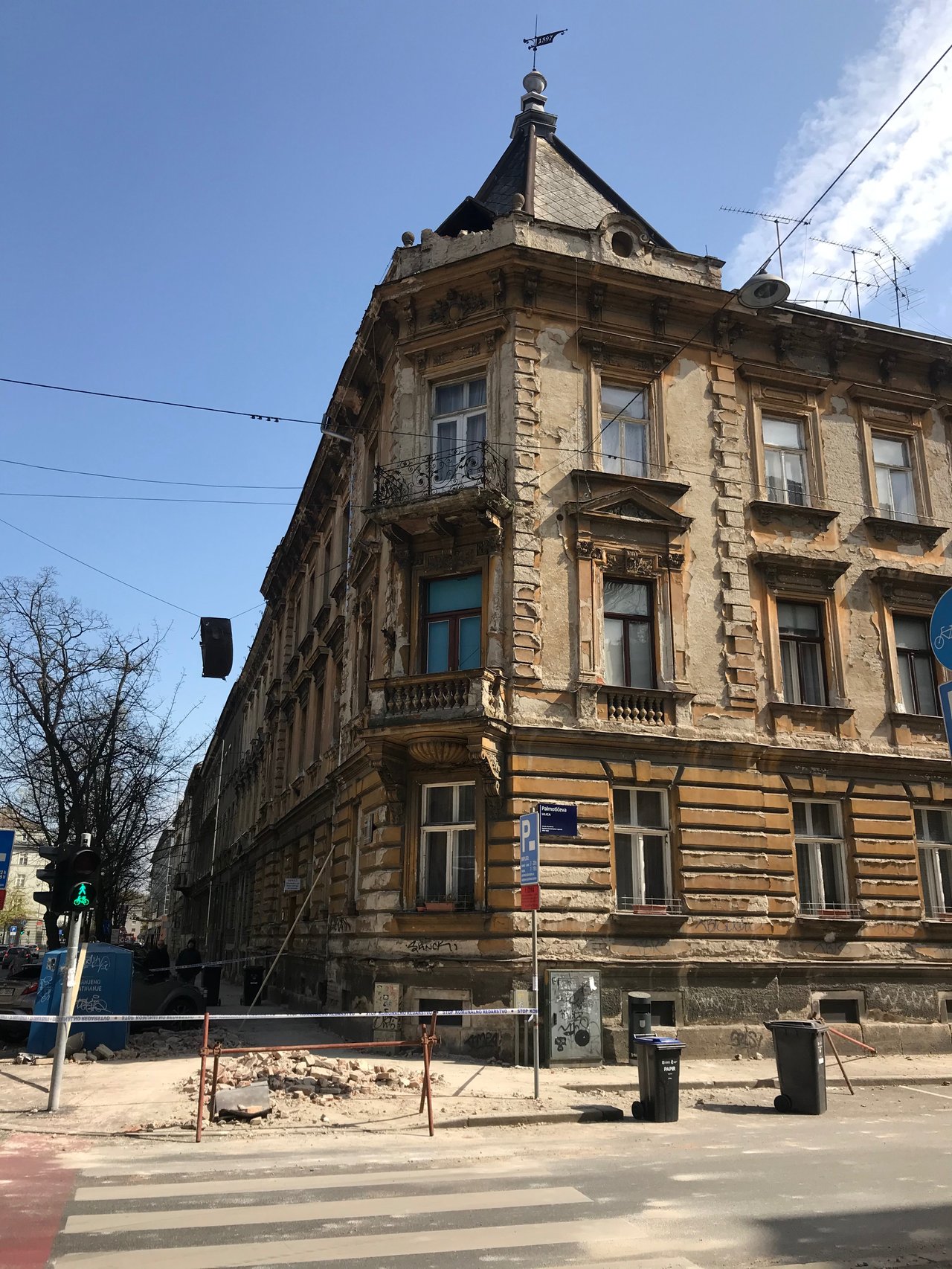 Lazy Sunday Thoughts – From The Experts Who Question COVID Panic!
Lazy Sunday Thoughts – From The Experts Who Question COVID Panic!

Dear Coilers, I guess that most of you are living in the new world of self isolation, social distancing, and in the atmosphere of fear and panic... BUT WHT? Because mass media have programmed you to do it and you have accepted it without critical thinking about the matter...
In this week of the “Lazy Sunday Thoughts” I bring you the thoughts of the experts from around the world who are not to be heared in mass media.

Dr. David Katz – an American physician and founding director of the Yale University Prevention Research Center:
“I am deeply concerned that the social, economic and public health consequences of this near-total meltdown of normal life – schools and businesses closed, gatherings banned – will be long-lasting and calamitous, possibly graver than the direct toll of the virus itself. The stock market will bounce back in time, but many businesses never will. The unemployment, impoverishment and despair likely to result will be public health scourges of the first order.”
“Is Our Fight Against Coronavirus Worse Than the Disease?” (New York Times 20th March 2020)

Dr. Peter Goetzsche – Professor of Clinical Research Design and Analysis at the University of Copenhagen and founder of the Cochrane Medical Collaboration. Author of several books on corruption in the field of medicine and the power of big pharmaceutical companies.
”Our main problem is that no one will ever get in trouble for measures that are too draconian. They will only get in trouble if they do too little. So, our politicians and those working with public health do much more than they should do.”
”No such draconian measures were applied during the 2009 influenza pandemic, and they obviously cannot be applied every winter, which is all year round, as it is always winter somewhere. We cannot close down the whole world permanently.”
”Should it turn out that the epidemic wanes before long, there will be a queue of people wanting to take credit for this. And we can be damned sure draconian measures will be applied again next time. But remember the joke about tigers.
“Why do you blow the horn?” “To keep the tigers away.” “But there are no tigers here.” “There you see!”
(“Corona: an epidemic of mass panic”, blog post on Deadly Medicines 21st March 2020)

Dr. Wolfgang Wodarg – a German physician specialising in Pulmonology, politician, former chairman of the Parliamentary Assembly of the Council of Europe. In 2009 he called for an inquiry into alleged conflicts of interest surrounding the EU response to the Swine Flu pandemic.
”Politicians are being courted by scientists…scientists who want to be important to get money for their institutions. Scientists who just swim along in the mainstream and want their part of it… And what is missing right now is a rational way of looking at things.”
”We should be asking questions like “How did you find out this virus was dangerous?”, “How was it before?”, “Didn’t we have the same thing last year?”, “Is it even something new?” That’s missing.”

Dr. John Ioannidis – Professor of Medicine, of Health Research and Policy and of Biomedical Data Science, at Stanford University School of Medicine and a Professor of Statistics at Stanford University School of Humanities and Sciences, director of the Stanford Prevention Research Center, and co-director of the Meta-Research Innovation Center at Stanford (METRICS).
He is also the editor-in-chief of the European Journal of Clinical Investigation. He was chairman at the Department of Hygiene and Epidemiology, University of Ioannina School of Medicine as well as adjunct professor at Tufts University School of Medicine.
As a physician, scientist and author he has made contributions to evidence-based medicine, epidemiology, data science and clinical research. In addition, he pioneered the field of meta-research. He has shown that much of the published research does not meet good scientific standards of evidence.
”Patients who have been tested for SARS-CoV-2 are disproportionately those with severe symptoms and bad outcomes. As most health systems have limited testing capacity, selection bias may even worsen in the near future.”
“The one situation where an entire, closed population was tested was the Diamond Princess cruise ship and its quarantine passengers. The case fatality rate there was 1.0%, but this was a largely elderly population, in which the death rate from Covid-19 is much higher.”
”Could the Covid-19 case fatality rate be that low? No, some say, pointing to the high rate in elderly people. However, even some so-called mild or common-cold-type coronaviruses that have been known for decades can have case fatality rates as high as 8% when they infect elderly people in nursing homes.”
”If we had not known about a new virus out there, and had not checked individuals with PCR tests, the number of total deaths due to “influenza-like illness” would not seem unusual this year. At most, we might have casually noted that flu this season seems to be a bit worse than average.
(“A fiasco in the making? As the coronavirus pandemic takes hold, we are making decisions without reliable data”, Stat News, 17th March 2020)

Dr. Sucharit Bhakdi – a specialist in microbiology. He was a professor at the Johannes Gutenberg University in Mainz and head of the Institute for Medical Microbiology and Hygiene and one of the most cited research scientists in German history.
“We are afraid that 1 million infections with the new virus will lead to 30 deaths per day over the next 100 days. But we do not realise that 20, 30, 40 or 100 patients positive for normal coronaviruses are already dying every day.”
”[The government’s anti-COVID19 measures] are grotesque, absurd and very dangerous… The life expectancy of millions is being shortened. The horrifying impact on the world economy threatens the existence of countless people. The consequences on medical care are profound. Already services to patients in need are reduced, operations cancelled, practices empty, hospital personnel dwindling. All this will impact profoundly on our whole society.”
”All these measures are leading to self-destruction and collective suicide based on nothing but a spook.”

(TO BE CONTINUED)























































